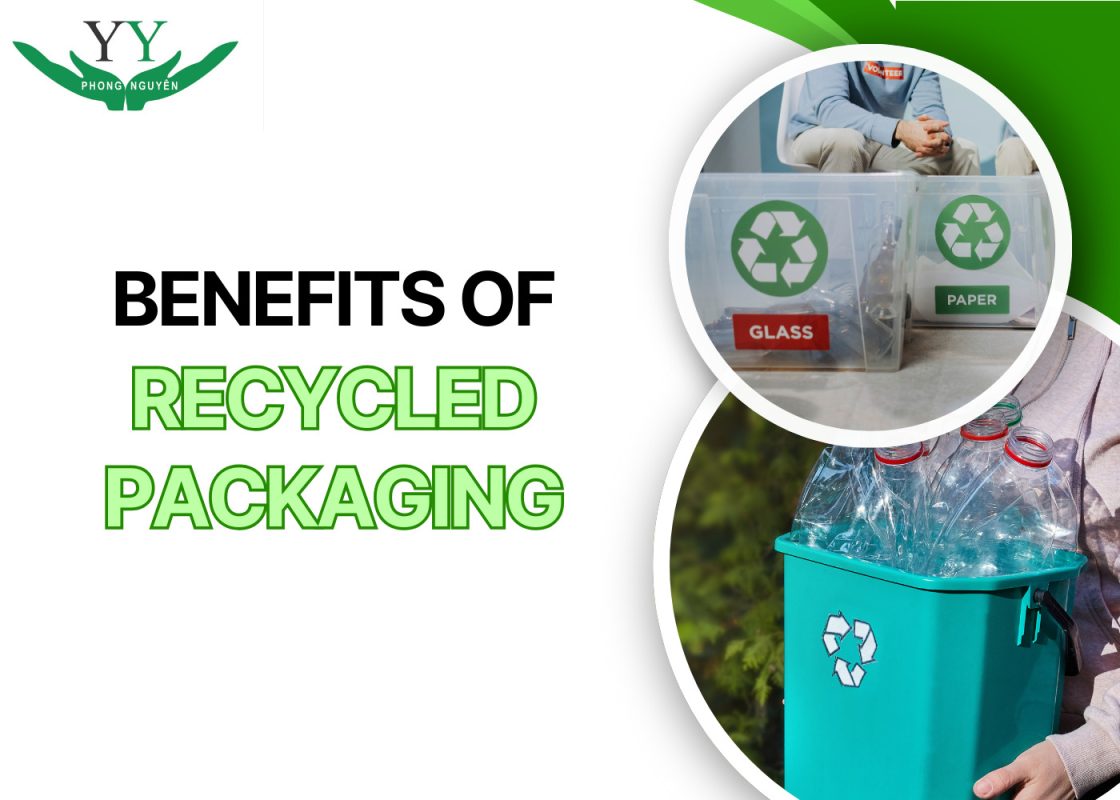Every year, millions of tons of packaging are discarded after a single use, creating a massive burden on the environment. However, a new wave is gradually changing how we view packaging – that is, recycled packaging. No longer just an option, recycled packaging has become a trend in sustainable consumption.
What is Recycled Packaging?
Recycled packaging refers to packaging made from previously used materials that have been collected, processed, and recycled into new products.
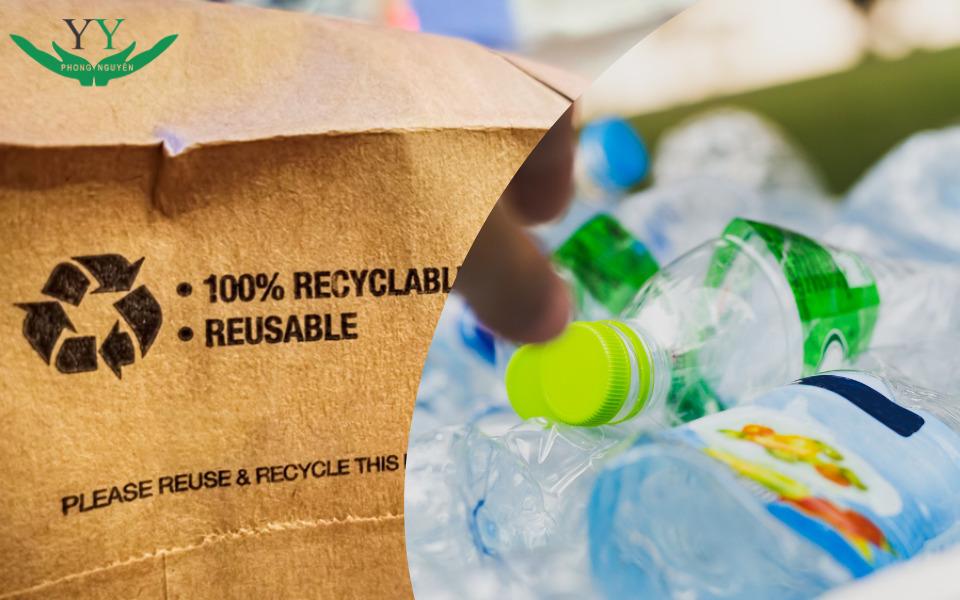
Instead of relying on new natural resources, the production process of recycled packaging begins with collecting, sorting, and processing post-consumer packaging waste or industrial by-products. These materials then go through recycling stages to become raw materials ready for the production of new packaging.
Benefits of Using Recycled Packaging
Recycled packaging plays a key role in reducing solid waste and contributes to building a circular economy, where resources are used efficiently. The use of recycled packaging offers practical benefits across environmental, economic, social, and technological aspects. Specifically:
Reduced Emissions
The production of recycled packaging consumes less energy than manufacturing from virgin materials, significantly lowering CO2 emissions. Recycling materials like aluminum, plastic, and paper helps reduce the negative impact on the climate, as the process requires less energy and raw material extraction.
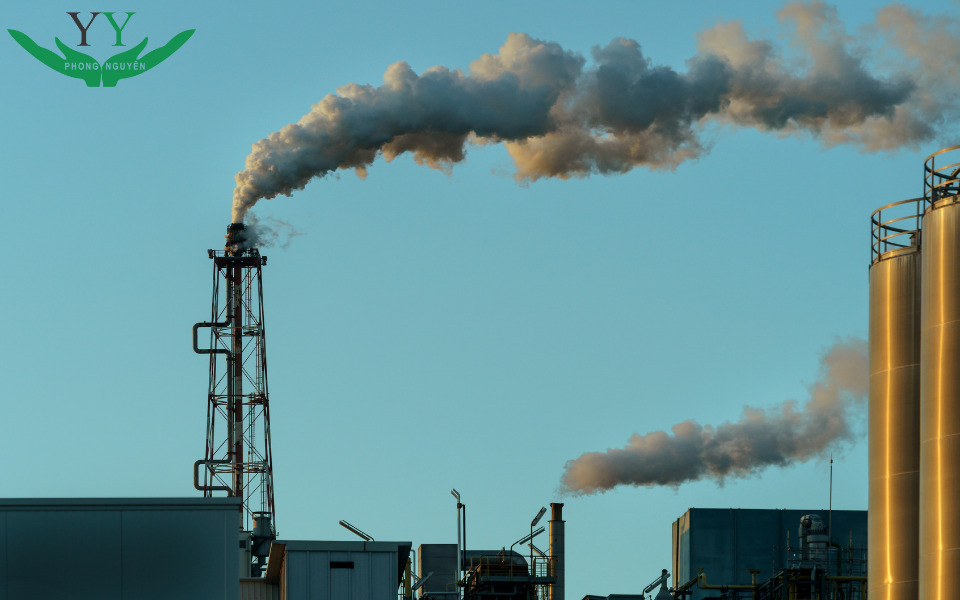
Conservation of Natural Resources
Recycling reduces the need to extract new raw materials from nature—an activity that is energy-intensive and environmentally damaging. Reusing existing materials helps preserve valuable resources and lessens the environmental impact of mining, deforestation, soil erosion, and water pollution.
Lower Production Costs
Using recycled materials brings clear economic benefits to businesses, as these materials are typically cheaper than virgin resources. This allows companies to reduce production costs and optimize operations, enhancing efficiency and market competitiveness.

Access to Incentive Policies
Many governments are implementing financial incentive policies to encourage businesses to use recycled packaging. These supports include tax reductions, subsidies for green technology investment, and funding for research and development, promoting the transition to sustainable production and environmental protection.
Enhanced Brand Value
Businesses that use recycled packaging are often highly regarded by consumers for their social responsibility and environmental commitment. This helps build brand image and attract eco-conscious customers, contributing to market growth.
Common Types of Recycled Packaging
In the recycled packaging sector, many types of materials are widely used due to their recyclability and potential for being reprocessed into new products.
Recycled Paper Packaging
Recycled paper packaging is one of the most common forms, made from used paper such as newspapers, cardboard, or office paper. It is often used for dry food packaging, gift boxes, paper bags in retail, or cardboard boxes for shipping.
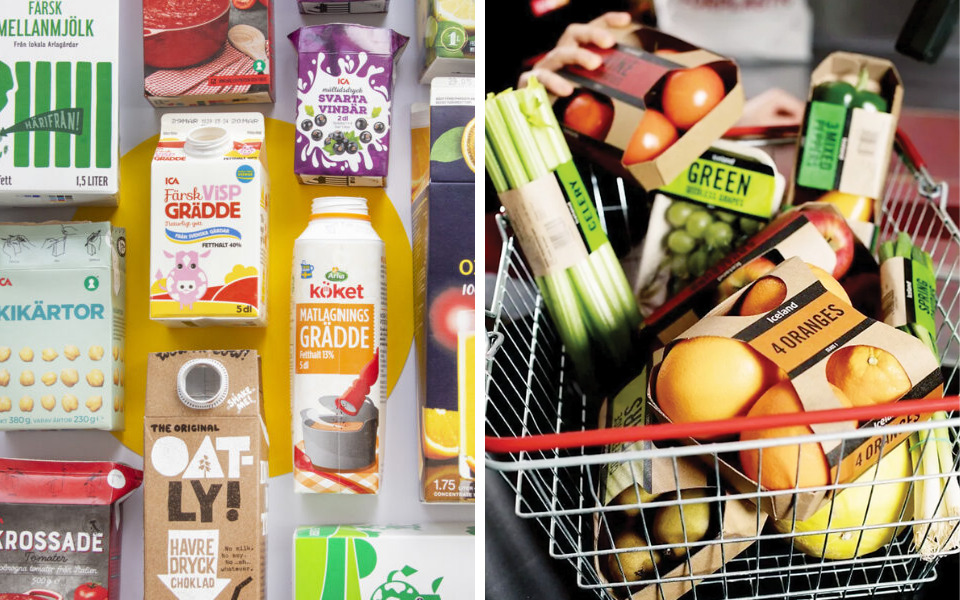
Its main advantages include being biodegradable and easily recyclable multiple times—provided it’s free from contaminants like oil or plastic. However, it has weaknesses such as low moisture resistance and being easily torn, so it’s often combined with waterproof or protective coatings.
Recycled Plastic Packaging
Recycled plastic packaging is becoming a necessity in modern packaging due to the increasing severity of plastic pollution. Plastics like PET, HDPE, and LDPE can be collected, cleaned, and recycled into new materials for packaging production.

For example, recycled PET bottles can be transformed into new water bottles, food trays, or soft packaging like candy wrappers. Recycled plastic packaging is durable, lightweight, flexible, and easy to print or mold.
Recycled Glass Packaging
Recycled glass packaging is made from used glass items such as bottles and jars, which can be melted down and reshaped for reuse. Glass can be 100% recycled without losing its quality or purity.
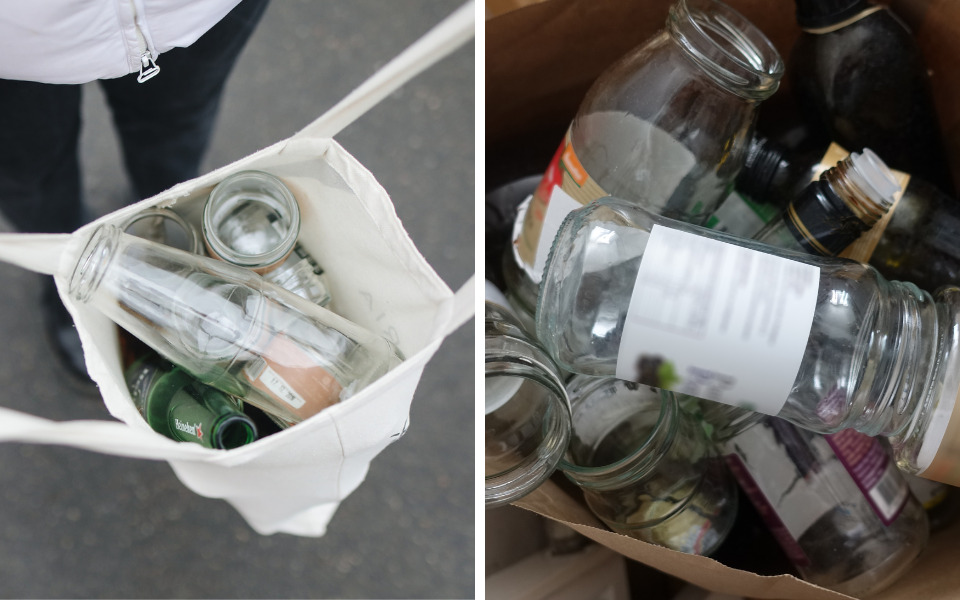
Its standout feature is its chemical stability, making it ideal for high-end food, beverage, or pharmaceutical packaging. However, glass is heavy, breakable, and energy-intensive to transport and recycle.
Recycled Metal Packaging
Metal packaging, especially aluminum and steel, can be recycled almost indefinitely without quality loss. Aluminum cans, tin food containers, and bottle caps are typical examples.
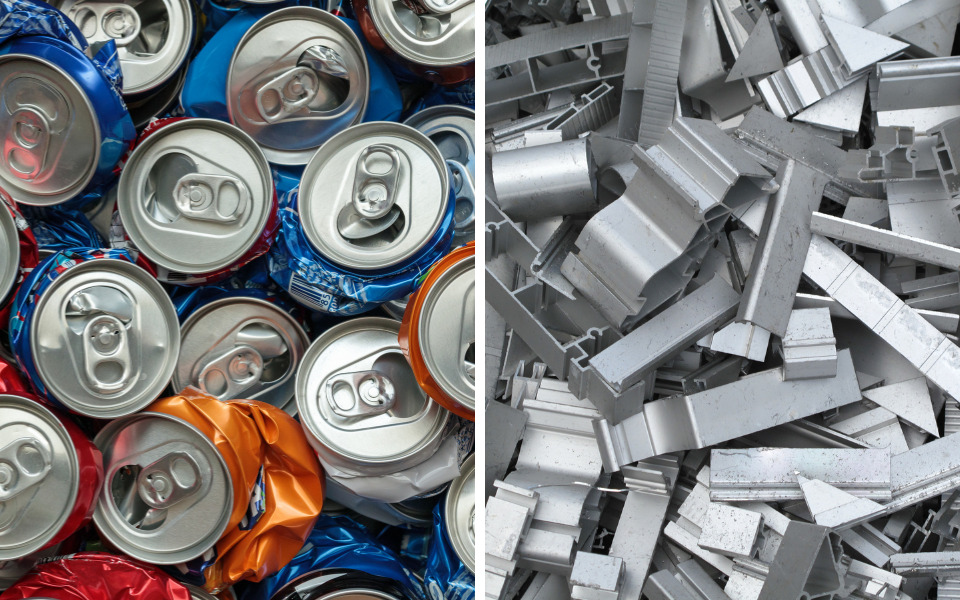
Recycling metals saves significant energy compared to using raw materials. For instance, aluminum cans can be collected, melted at high temperatures, sterilized, and reintroduced into the market as new products.
The Recycled Packaging Production Process
In the face of growing environmental pollution, recycling packaging has become a vital solution for developing a circular economy. The typical production process includes the following steps:
Step 1: Initial Use
In this stage, the packaging serves its full purpose—protecting contents, providing product information, ensuring hygiene, and facilitating transport. After the product is used, the packaging is usually discarded.
Step 2: Collection
Once discarded, packaging waste is collected. Items like aluminum cans, metal containers, and bottle caps are sorted at the source or through urban recycling systems. Proper initial sorting reduces contamination and improves the efficiency of later recycling stages.

Step 3: Cleaning
After sorting, the packaging is cleaned to remove residues like leftover food, grease, labels, adhesives, or ink. For plastics and paper, this step may include cutting, shredding, or pulping. Metals and glass may be crushed or compacted for easier processing.
Step 4: Processing and Material Recovery
Cleaned and pre-processed packaging is sent through appropriate systems to convert it into recyclable materials. Plastic is melted into pellets, paper is pulped with water, metals are melted and cast into ingots or rolled sheets, and glass is remelted into new products.
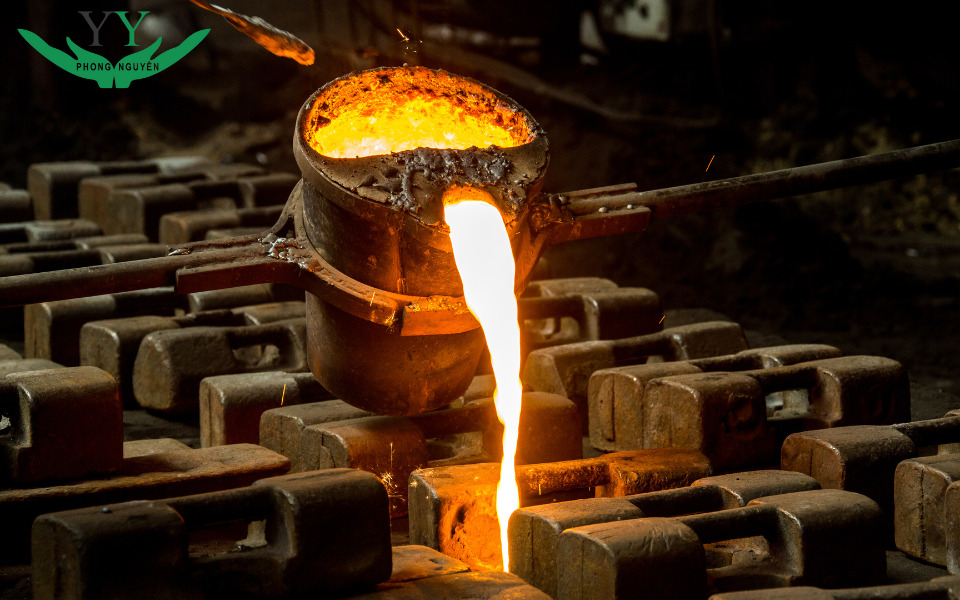
Step 5: Manufacturing New Products
Recycled materials are delivered to manufacturing facilities to produce new items or packaging. Though they may not completely replace virgin materials, recycled content helps cut costs, save energy, and meet sustainable consumption trends.
Step 6: Return to Market and Reuse
New products made from recycled materials re-enter the market for consumption. The packaging lifecycle extends through a closed-loop process: use – collect – recycle – produce – consume. With continued consumer awareness in waste sorting and disposal, packaging can be recycled multiple times, contributing to a more effective circular economy.

Recycled Packaging Production in Vietnam
Packaging manufacturers in Vietnam are increasingly investing in plastic recycling technologies to produce sustainable packaging, meeting consumer demand and environmental regulations.
The paper industry is also evolving by adopting recycled paper packaging, reducing solid waste and conserving significant energy. This not only protects natural resources but also cuts production costs and minimizes environmental impact.
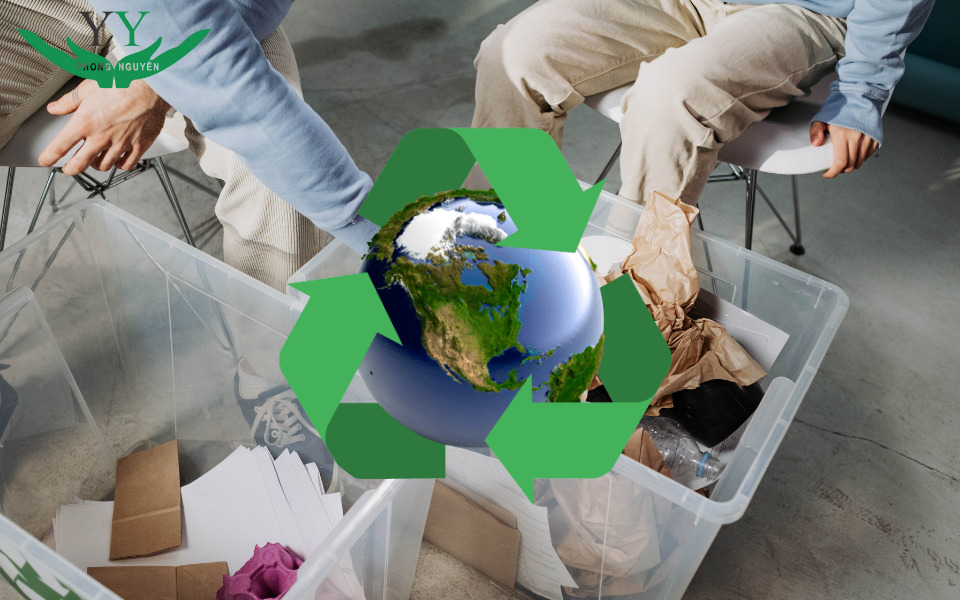
In Vietnam, packaging recycling alliances have been formed with the goal of collecting and recycling over 13,000 tons of packaging, including six main types: paperboard, paper cartons, PET plastic, HDPE plastic, single-material soft packaging, and multi-material soft packaging. This initiative not only reduces waste but also promotes a circular economy and creates sustainable value for communities.
Conclusion
This article by Phong Nguyen has enhanced your understanding of the types of recycled packaging and the importance of their use. Switching to recycled paper packaging is not only a resource-saving solution but also a meaningful step toward reducing environmental pollution.

